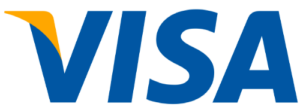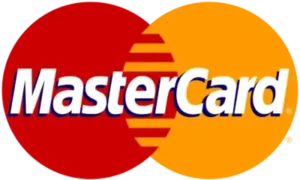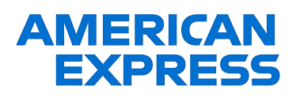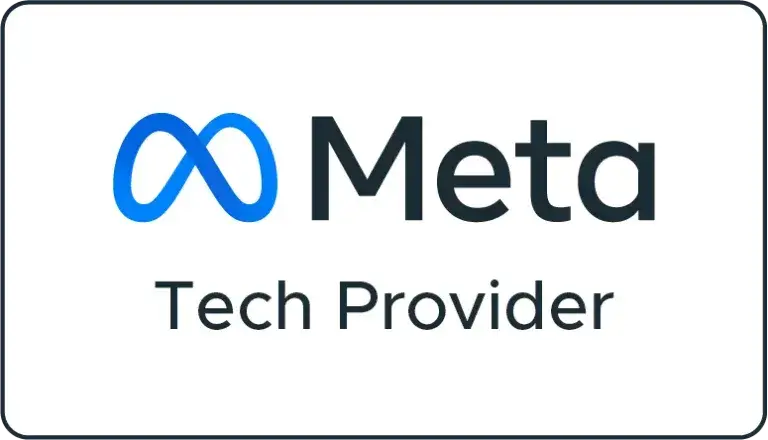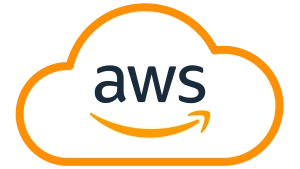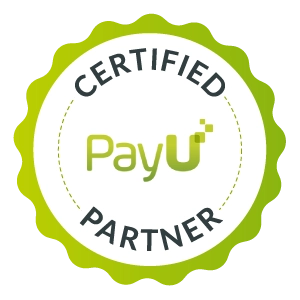The secret key to strategy-driven success in that whirlwind digital marketing space is an organized way of tackling whatever goes. Content planning encompasses that one big piece of a strategy: mapping out what marketing content to post in order to remain consistent, relevant, and engaging. An Effective content calendar basically represents a clear direction of your efforts in creating this content and helps keep you on track to meet your marketing goals.
This blog covers the basics of creating an effective content calendar for your marketing campaigns. We will discover what a content calendar is and why you’re supposed to have it for your campaigns, and then give you a step-by-step way of creating one that will work for your business. On top of this, we share tips on how best to maintain and optimize it to extract as much as possible from having one. This guide is going to help you be a content planning wizard with a content calendar that propels your digital marketing game to new levels.
An Effective content calendar is one of the important digital marketing tools for planning, organizing, and scheduling content across different channels and platforms. It visualizes a content strategy by showing what kind of content will be published, at what time it will go live, and where it will be shared. Holding content efforts together cohesively, coherently, and toward the general marketing goals is the essence of the tool for marketers.
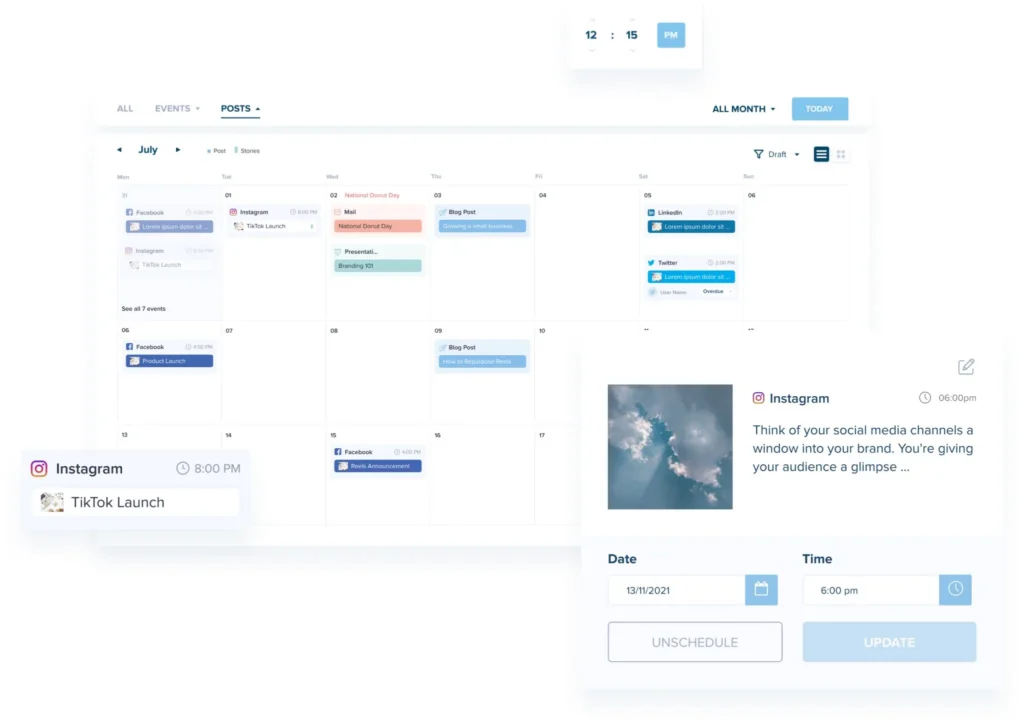
Definition of Content Calendar
A content calendar can be defined as a document that assists in enacting the planning and organization of the content to be put into content creation and subsequently dispersion. Quite often, it comprises the following components:
What each intended piece of content will be about
When each piece of content will be published
The kind of content to be created. For example, is it only blog posts, only videos, webinars, or social media posts.
Distribution Channels: Where the content is going to be published, for example, website, social media platforms, email newsletters.
Who’s Responsible: Who’s responsible for creating, reviewing, and publishing the content?
An Effective content calendar is best when you want to come up with a clear, organized plan for your content marketing work. In this, what a content calendar provides ensures your content is produced and published on time, key messages are communicated consistently, and a steady flow of information is available to the consumers.
Benefits of Creating and Using an Effective Content Calendar—Marketing Campaigns
The key advantages that can be realized from the creation and use of effective content calendars in a marketing campaign are:
It enables better planning of content in advance, thus avoiding last-minute hassles and ensuring that you have a consistent publishing schedule. All this comes with an organized way of doing things, which keeps you coordinated on content and other activities, such as product launches or promotional events.
Dovetail Content Publishing: Content marketing is only effective with consistency; if there is a problem or an opportunity out there in the business world, it had better be consistent. That’s why regular publication of content to build trust across your audience and continually increase your search engine visibility is important. A content calendar is going to give that consistency a framework with a structure for scheduling.
A higher degree of collaboration with the team: A content calendar outlines what each responsible team member needs to do, when to do it, and so on. This encourages a clear and steady approach to discussing projects.
Strategic Content Development: It gives one an opportunity to plan content around strategic dates—holidays or industry events. Further, it’s a venue to diversify the type/style and theme of the content but for the same audience.
Better Resource Management: With this approach, you would be planning ahead and, as such, managing your resources better. This encompasses scheduling time to write content, budgeting and spending money on the promotion of your content, and steering clear of content creation bottlenecks.
Data-Driven Adjustments: One of the most important aspects of maintaining a content calendar is that it allows one to track and analyze the performance of one’s content. Based on the key performance indicators one monitor, it is very easy to get a peek into what works and what doesn’t in order to make data-driven adjustments in the content strategy.
In other words, an effective content calendar is a tool that cannot be dispensed with in any digital marketing strategy. This, of course, not only serves to put content creation in an orderly manner but also to execute your marketing incidences quite effectively by continuously and systematically circulating relevant material.
Why Your Marketing Campaigns Need an Effective Content Calendar
Need for Better Organization and Planning
An effective content calendar is the secret to effective planning and organization of your marketing content activities. It outlines exactly what to create when to publish it, and who is in charge. This structure will help you circumvent the inevitable chaos that comes with writing content on the due date. By planning your content in advance, you’ll ensure that your messaging is in line with other marketing goals and key dates, such as product launches, seasonal promotions, or industry events. This foresight makes room not only for such a plan to go without a hitch but also lets you prepare supporting materials, e.g., graphics, video, or social media posts, well ahead of the game.
Again, an orderly and structured content calendar allows easier coordination to be carried out between various team members as writers can communicate with designers and marketers in working in sync. It also reduces the risk of duplicating content, where every single individual in the team is on one platform and thus has more control over the amount of work produced.
Consistency in Posting
Consistency is probably one of the foundations of the best practices in content marketing. Regular content posting creates a sense of credibility in your following and puts your brand forward as a steady source of answers. This consistency in the regular publication of quality content is a strong contributory factor to SEO, as search engines do like it when your website is constantly updating content, which increases your rankings while driving organic traffic. You will be able to consistently deliver a steady flow of beneficial content to your audience, in effect keeping them engaged and coming back for more. Consistency really empowers the building of a loyal audience because the people know when to expect new content from you. Further, maintaining a cohesive brand voice and messaging is facilitated in planning content themes and topics that will line up with the broader story of our brand.
Resource Management
Proper management of resources is another big advantage that accrues from using a content calendar. When you plan far ahead of time for your content, this enables better resource allocations, whether those are resources in terms of time, budget, or people. Even more importantly, this will help improve team members’ workload management and ensure timely tasks are completed without stressing over deadlines.
A content calendar organizes your work schedule and makes sure that you do not overwork your staff, which could lead to burnout, while at the same time ensuring that each piece of content receives the necessary attention. It thereupon allows you to make better management of your budget, since within it, you can plan for expenses in paid promotion, influencer collaborations, or content creation tools well in advance.
Better yet, a content calendar will have the ability to call out the shorts in content, or in areas you may be resource deficient to allow you to proactively handle these issues beforehand. If you realize you don’t have much content written on a topic or, on the contrary, there is too much content that requires graphic design resources; then you would have to change your planning to make room or allocate more resources to those two content areas. This strategic resource management approach will help to maximize your content marketing efforts and ensure that you always deliver the best quality content to your audience.
How to Create an Effective Content Calendar
Creating an effective content calendar is a step-by-step process that is in line with your marketing objectives and audience’s needs. Here is how you can go about preparing a solid content calendar:
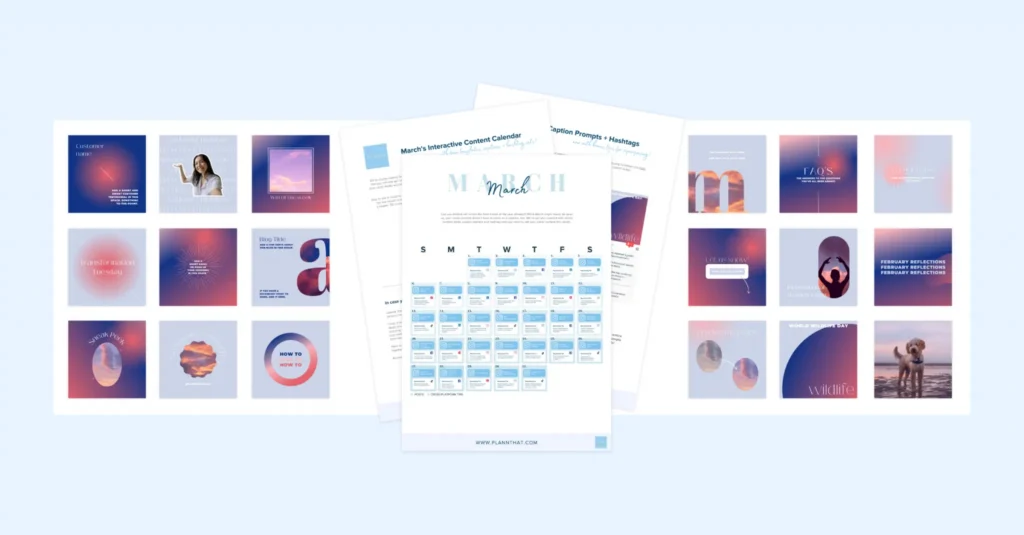
Establish Your Content Goals
Setting SMART Goals for Your Content Strategy
The first thing that a content calendar should include is to identify some goals for the content. Ideally, goals should be Specific, Measurable, Achievable, Relevant, and Time-bound (SMART). For example, a SMART goal would be to increase blog traffic by 20% over the next three months or generate 50 new leads per month using gated content. Creating clear goals will help you focus your content efforts and keep on course.
Research and Define Your Target Audience
Knowing and understanding your target audience clearly will assist you in crafting content that will resonate with them. It is best to start research on the demographics, interests, pain points, and preferred content format of your audience. You can do this using tools such as Google Analytics, insights from various social media platforms, and even customer surveys. Summarize all the information you have on your target audience by creating buyer personas. These personas will inform your content creation and develop it in a manner that will respond to the needs and preferences of your audience.

Run a Content Audit
Review of Existing Content and Content Gap Analysis
This exercise entails reviewing the content, and you have to have a quick look at how it is performing and its relevancy. This process has the probability of bringing out content gaps, outdated information, and opportunities for repurposing or updating content. Use tools such as Google Analytics to measure the metrics of page views, engagement, and, most importantly, conversion rates. Learn what type of content is resonating effectively and what is not. In turn, this audit will guide future content planning. You will now know what to focus on and what to do a little less of.
The choice of a content channel should thus be a process of putting the content in front of the target audience. For that reason, please determine the platforms your casual audience often uses and on which posting the content will possibly make an impact. A website or blog, social media platforms (Facebook, Instagram, LinkedIn), email newsletters, and video distribution channels like YouTube are some of the popular content distribution platforms. All these channels have good potential, but you need to base your selection on the goals you target and the preferences of your audience.
Planning the Types and Themes of Your Content
Mixing Different Types of Content and Themes for Your Audience
Various types of content and themes keep an audience interested, appealing to various tastes. Schedule a mix of a number of content types, ranging from blogs, videos, infographics, podcasts, and social media posts to keep it engaging. Also, develop themes that resonate with the brand’s message and what the audiences care about; for instance, themes could be industry trends, customer success stories, how-to guides, or even product updates.
Create a Publishing Schedule
Publishing Let’s Talk Monitoring and Evaluation Framework
A well-strategized schedule is the backbone of making sure your content goes live at times that are optimal for audience engagement and have the highest impact on SEO. Take into account factors such as peak activity times of your audience, key dates and events in your industry. Use tools like Google Analytics to find the time when your audience is most active online. Also, consideration of SEO best practices, like posting frequency and keyworded content, establishes a regular schedule that plays the most powerful marketing tool of all – the audience’s anticipation- and builds trust with viewers.
Establish Clear Roles and Responsibilities Among Team Members
Clearly define roles and responsibilities within the content team to ensure smooth execution. This includes task allocation for content creation and editing, design, and content promotion. Explain the deadlines for each person and level of involvement. Implement a workflow with content approval and quality control stages. This means that every content piece goes through the hands of each and every team member before it is finally published.
Utilize Content Calendar Management Tools
Summary of Tools Such As Trello, Asana, or Google Calendar
Leverage content calendar tools to make planning and collaboration with your team much more manageable. Trello, Asana, and Google Calendar present a form in which you can lay out and track your content efforts. Trello presents the board in a card view that is great for tracking your work at several stages by yourself or with a team. Asana works as a project management tool. Content can be broken down into individual tasks and passed along to other team members, tracking due dates and progress along the way. With Google Calendar, you can schedule publishing dates and set notifications for deadlines. It increases visibility to your team members on the approach to deadlines and—to a larger extent—the efficacy of coordinating teams on one content calendar.
Review and Refresh Your Calendar Regularly
Tune Your Calendar Based on Performance and Feedback
A content calendar is not static in nature, in that it calls for periodic revision. Occasionally, review the calendar and check if the content strategy fits the goals and needs of the audience. Study the results of the published content: check the performance using the metrics, engagement rates, traffic, and conversions realized. Scrutinize feedback from the audience, the team, and stakeholders to get some room for improvement.
Use these insights to keep your calendar up-to-date. As priorities, trends and/or audience preferences change, you might find yourself tweaking your content mix, running more of what works, and sunsetting some less effective pieces. Regular updating will make your content calendar a dynamic tool changing as your business goes and according to the market conditions at the time.
Measuring and Analysing Performance
Using Analytics to Measure the Success of Your Content Strategy
To really optimize your content calendar, you need to measure and analyze the performance of your content regularly. Use analytics tools such as Google Analytics, social media insights, and email marketing metrics to track KPIs such as page views, bounce rates, time on page, social shares, and conversion rates.
The analytics of such metrics would always show the category of content that works with an audience and that which does not. For example, if some posts engage well, it may be worth doing more of that type of content. On the other hand, if some types of content are not really successful, ask yourself why it may be—topic, format, or timing—and think about how to adjust. By constantly monitoring performance, you make data-driven decisions and further fine-tune your approach to content, thus maximizing its effect.
Be Flexible and Adaptable
Remaining Alert to Trends and Changes in Audience Preferences
The digital marketing landscape is ever-evolving. New strategies, technologies, and changes in the way your audience behaves will always emerge. This is why a good content calendar must be dynamic, taking the ability to act fast on these changes when necessary. Stay aware of the industry news, competitor activities, and feedback from the audience on new trends and opportunities.
Being flexible can mean turning the message to emerging topics, changing content type, or even altering frequency when certain events trend. Flexibility also involves being prepared to pivot your content strategy in response to unforeseen circumstances, such as market disruptions or changes in audience interests.
All this requires flexible and responsive direction to make sure that your content stays relevant, timely, and interesting. And this plays out well because it engages your audience and, at the same time, positions your brand as a constant thought leader, always in touch with industry trends.
Conclusion
A content calendar is basically designed in a way that is important for success in the rapidly changing and competitive digital landscape. This assists in channelling efforts related to content, maintaining consistency, managing resources efficiently, and engaging the audience. Going through these steps will allow you to create a sturdy content calendar that will potentiate your marketing strategy. The summary: your marketing magic wand to organize content efforts, keep it consistent and efficient with your resource management, engage your audience, and even more features to keep your flywheel of happiness turning.
For it to be all the more effective, ensure to review and update the calendar regularly, measure performance, and stay flexible to effect change. It assures that what you have is relevant, timely, and generally useful to your business goals and audience preferences.
This is the right time to engage a content calendar for your marketing campaign. First, set your goals and audience; then, develop a plan that will guide you to success with your content creation and distribution. The key to increasing your audience into a loyal one and achieving your marketing objectives lies in being consistent and strategic in your planning.

